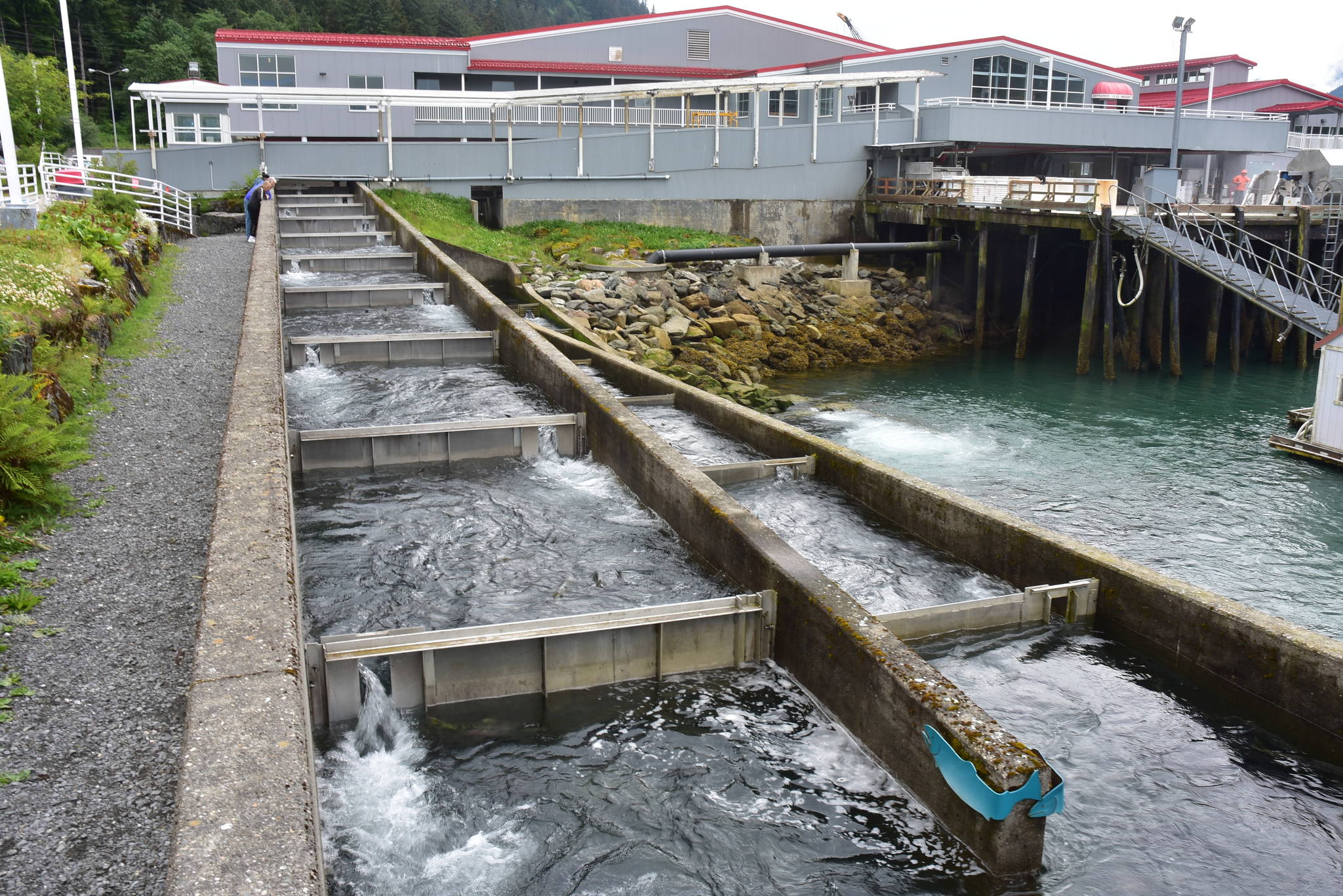Chum salmon have started returning the Douglas Island Pink and Chum Inc. Hatchery on Channel Drive, but it’s still not enough to establish a broodstock according to DIPAC Executive Director Katie Harms.
“It’s not nearly enough,” Harms said in a phone interview Thursday.
DIPAC made the necessary arrangement with the state to move some fish from Amalga Harbor to the hatchery in Juneau to ensure there are enough for new stocks of fish.
[‘Devastating,’ meager chum salmon returns worry the fishing industry]
The hatchery hopes to get at least 200,000 fish for next year’s brood, Harms said, and one load of fish has already been transported. Two more deliveries are planned, she said, after which the hatchery plans to evaluate the fish return and decide if further action is needed.
As the hatchery struggles to ensure future stocks, fishermen are taking what fish they can just for cost recovery, according to Juneau-based gillnetter Lars Stangeland.
“Southeast is still at a catastrophic failure point as far as the chum run,” Stangeland said, but added, “to see fish showing back up at the hatchery is a bright a spot.”
The meager runs have added yet another burden on the fishing industry which is suffering from COVID-19 pandemic shocks to the economy and markets. Weekly updates to the hatchery’s numbers are posted to their website, dipac.net.
• Contact reporter Peter Segall at psegall@juneauempire.com. Follow him on Twitter at @SegallJnoEmpire.

